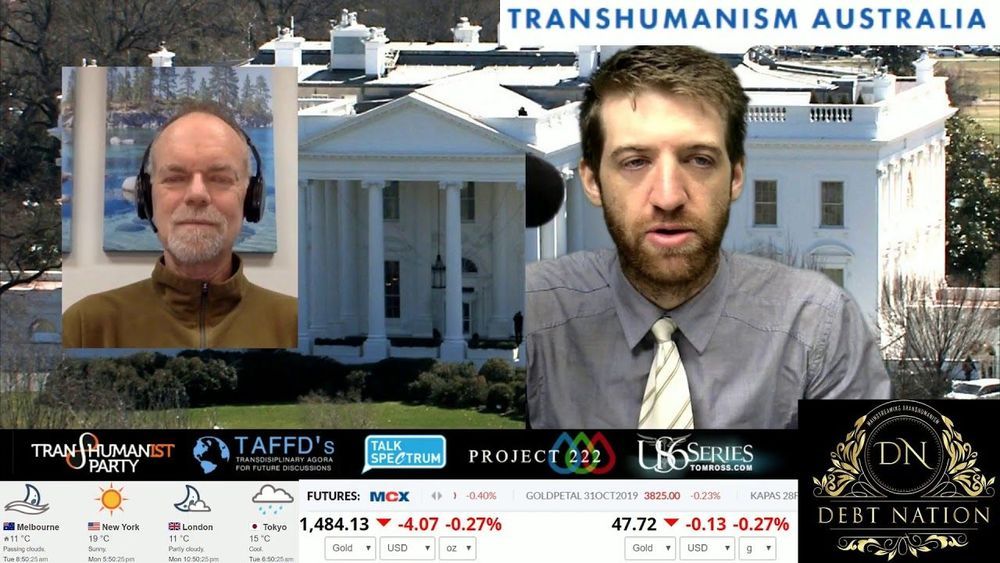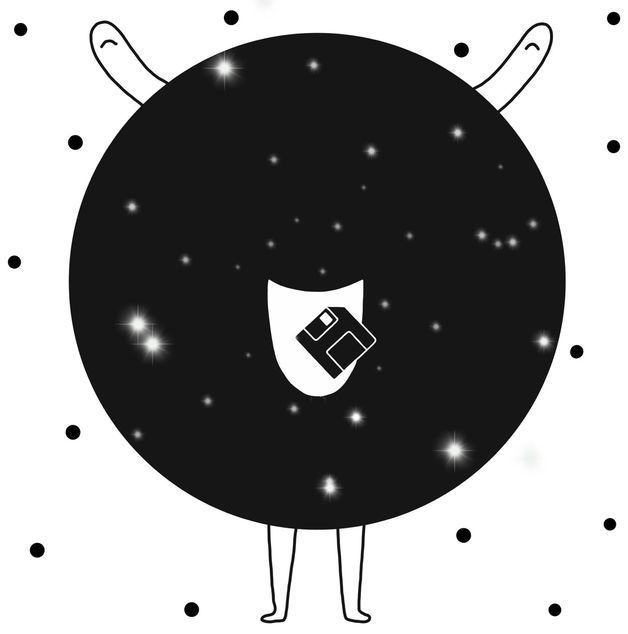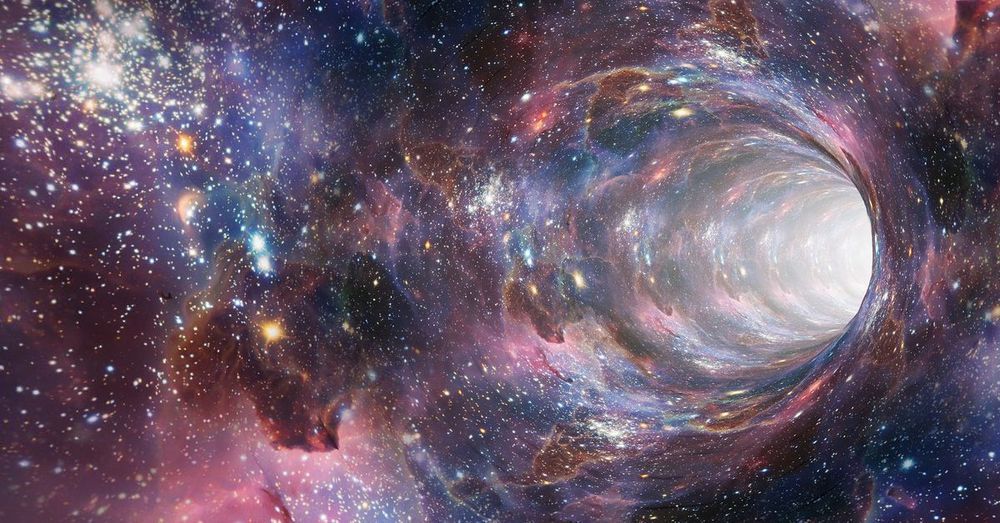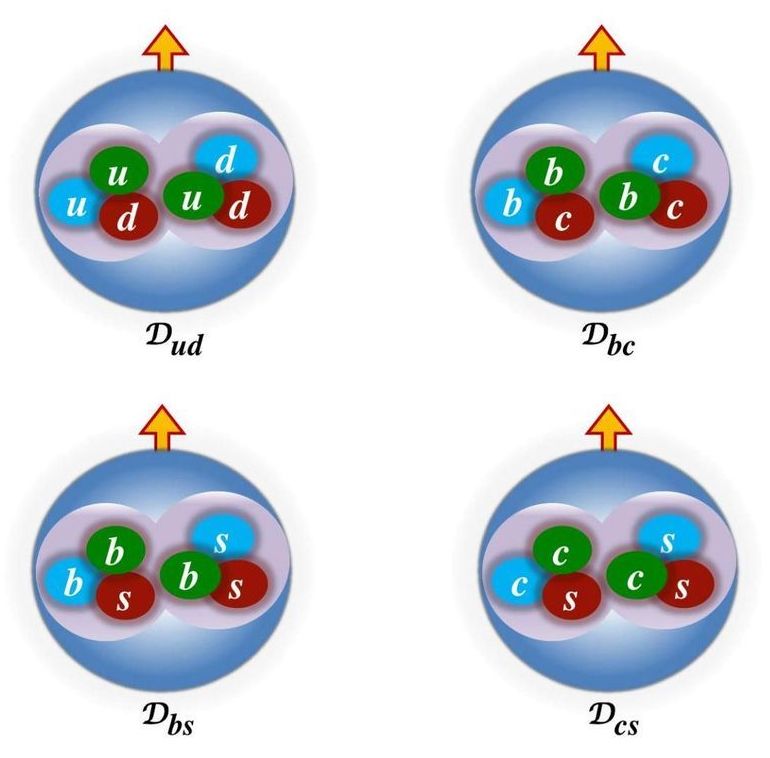Page 7404
Oct 27, 2019
This Week in Tech: WeWork and S9 Architecture Inaugurate the Flood-Resilient Dock 72 in Brooklyn
Posted by Klaus Baldauf in category: robotics/AI
Plus, the first-ever WELL Conference, MIT robots that assemble lunar settlements, and more design-tech news this week.
Oct 27, 2019
Space: The Final Business Frontier | GIANT LEAP Ep. 1
Posted by Derick Lee in categories: business, space

In the not-too-distant future, entirely new industries will be developed in space. But for these endeavors to be viable, we need to first get the necessary tools into orbit. That’s where one of the most crowded new sectors has developed. More than 100 privately-backed launch companies are in fierce competition to get payloads into space as fast, often and cheaply as possible.
For more Giant Leap episodes: &list=PLqq4LnWs3olWR-zshlDHm6Avj0oURtc1X
Continue reading “Space: The Final Business Frontier | GIANT LEAP Ep. 1” »
Oct 27, 2019
The five: ways to slow the onset of Alzheimer’s
Posted by Genevieve Klien in categories: biotech/medical, neuroscience
Scientists have conducted a series of trials that point to various ways to check the progress of the disease.
Oct 27, 2019
There’s a chance the black hole at the center of our galaxy is actually a wormhole
Posted by Paul Battista in categories: cosmology, physics
Science fiction writers love wormholes because they make the impossible possible, linking otherwise unreachable places together. Enter one, and it’ll spit you back out in another locale—typically one that’s convenient for the plot. And no matter how unlikely these exotic black hole relatives are to exist in reality, they tend to fascinate physicists for exactly the same reason. Recently, some of those physicists took the time to ponder what such a cosmic shortcut might look like in real life, and even make a case that there could be one at the center of our galaxy.
Scientists have found changes in the gut microbiomes of vitamin D deficient volunteers after only three sessions of ultraviolet light exposure.
Oct 26, 2019
Scientists find answer to vast puzzle about the universe in the middle of two colliding stars
Posted by Paul Battista in category: space
Scientists have found the answer to a decades-long mystery, in the middle of two colliding stars.
For the first ever time, a newly made heavy element called strontium was detected in space after two neutron stars crashed into each other.
The discovery definitively confirms that heavier elements in the universe can be made in the mergers of neutron stars, at last helping answer the puzzle of how chemical elements form.
Oct 26, 2019
Lattice QCD Calculations Predict Exotic Nuclei Not on Periodic Table
Posted by Saúl Morales Rodriguéz in categories: chemistry, particle physics, quantum physics
Have you ever wondered how the Sun creates the energy that we get from it every day and how the other elements besides hydrogen have formed in our universe? Perhaps you know that this is due to fusion reactions where four nuclei of hydrogen join together to produce a helium nucleus. Such nucleosynthesis processes are possible solely due to the existence, in the first place, of stable deuterons, which are made up of a proton and a neutron.
Probing deeper, one finds that a deuteron consists of six light quarks. Interestingly, the strong interaction between quarks, which brings stability to deuterons, also allows for various other six-quark combinations, leading to the possible formation of many other deuteron-like nuclei. However, no such nuclei, though theoretically speculated about and searched for experimentally many times, have yet been observed.
All this may get changed with an exciting new finding, where, using a state-of-the-art first-principles calculation of lattice quantum chromodynamics (QCD), the basic theory of strong interactions, a definite prediction of the existence of other deuteron-like nuclei has been made by TIFR’s physicists. Using the computational facility of the Indian Lattice Gauge Theory Initiative (ILGTI), Prof. Nilmani Mathur and postdoctoral fellow Parikshit Junnarkar in the Department of Theoretical Physics have predicted a set of exotic nuclei, which are not to be found in the Periodic Table. The masses of these new exotic nuclei have also been calculated precisely.
Oct 26, 2019
Curing Aging!/Nobel Prize Winner & dr Bill Andrews- ep 110. Debt Nation
Posted by John Davies in category: life extension

https://www.youtube.com/watch?v=mIoMPPK6AnU
WANT TO SEE MORE?
LIKE & SUBSCRIBE & JOIN OUR DEBT NATION FACEBOOK: https://bit.ly/30yEGGo
WANT TO SEE MORE?
LIKE & SUBSCRIBE & JOIN OUR DEBT NATION YOUTUBE:
HERE: https://bit.ly/2kp4vbB
















